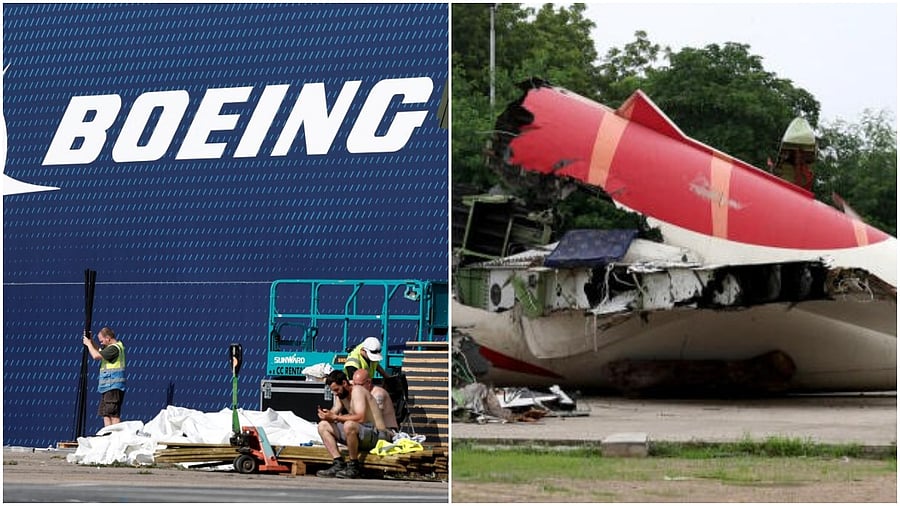
In December 2018, FAA drafted a Special Airworthiness Information Bulletin (SAIB), which claimed an issue with the fuel switches onboard.
Credit: Reuters Photo
The preliminary report in the Air India plane crash case revealed fuel switches cut off before the disaster. However, years ago, in 2018, an US-based aviation regulator had flagged this issue with Boeing 737 jets. About seven years from today, the US Federal Aviation Administration (FAA) had raised such concerns.
In December 2018, FAA drafted a Special Airworthiness Information Bulletin (SAIB), which claimed an issue with the fuel switches onboard. The error? The issue reported that the switches on some Boeing 737 aircraft were installed with the locking feature disengaged.
These locking features are said to play a crucial role for a safe flight, with the capacity to prevent inadvertent or mistaken movement of the switches. In the cases of flagged aircrafts, the locks were disengaged, posing safety threats and potential risks. Thus, the aviation regulator raised the fuel switch issue.
Read full FAA report below
Screenshot of FAA advisory dated December 17, 2018
Credit: FAA
The FAA did flag the issue, but it was issued as an advisory.
The case was not considered as a serious or majorly harmful one. No mandatory directive was released to address the matter.
While FAA noted this in 2018, it was the same switch design that was present in Air India's VT-ANB, the flight that tragically crashed minutes after take off from the Ahmedabad airport on June 12, 2025.
Though the fuel control switches were subsequently 'moved from cut-off to run', the engines could not induce core speed acceleration and recovery, resulting in one of the biggest civil aviation air disasters, killing all but one of the 242 people on board and 19 others on the ground.
